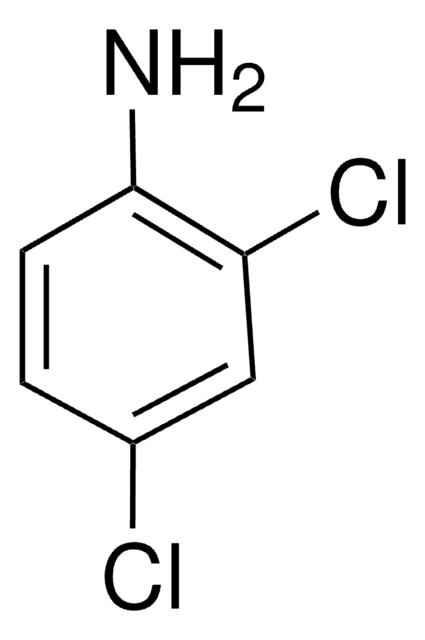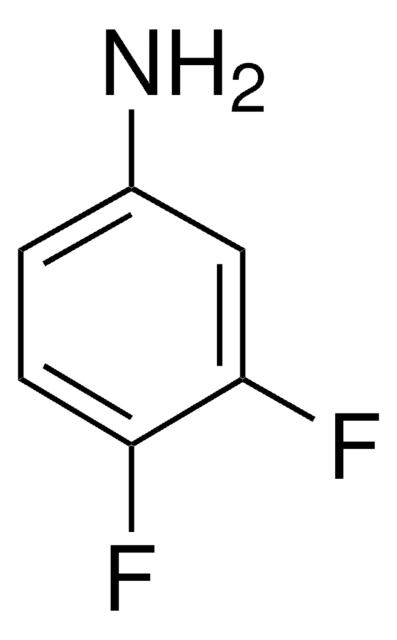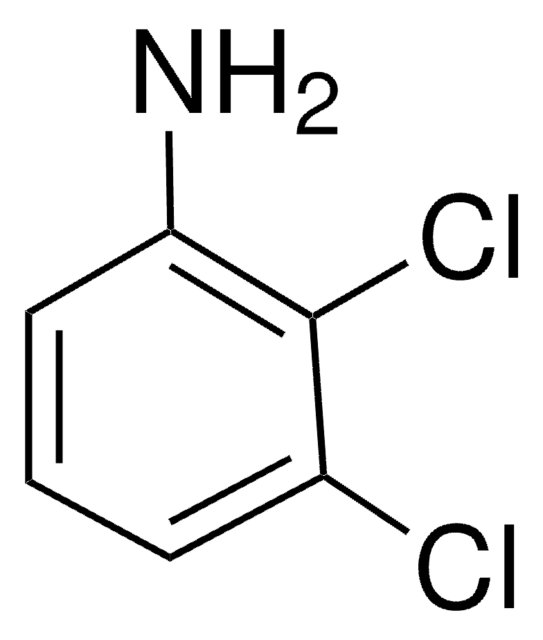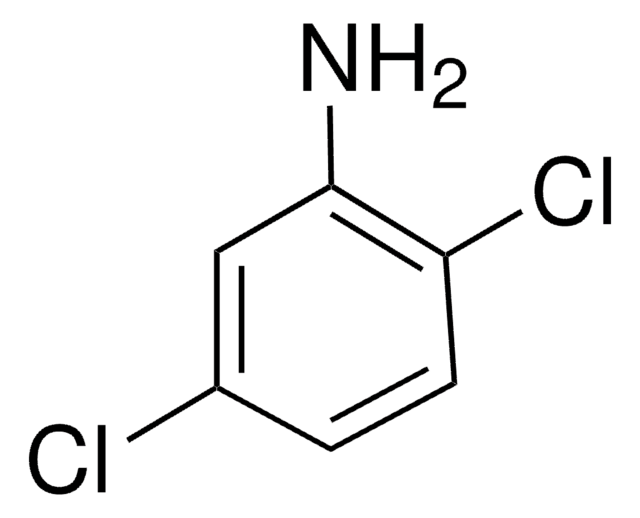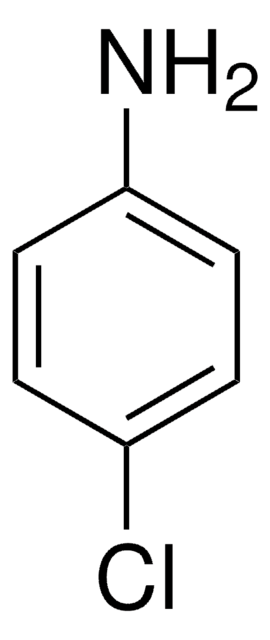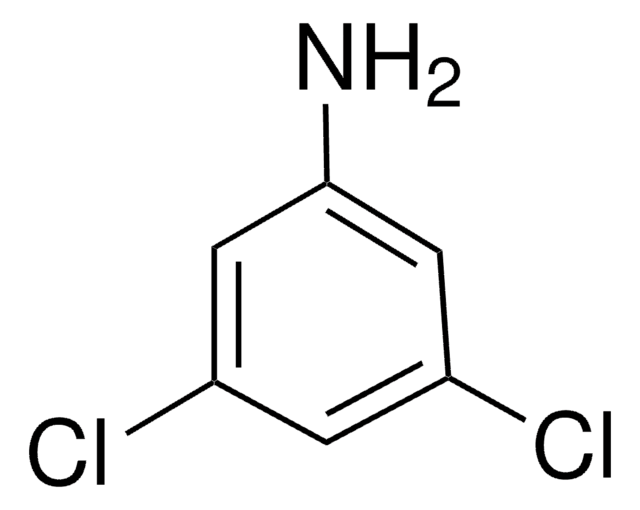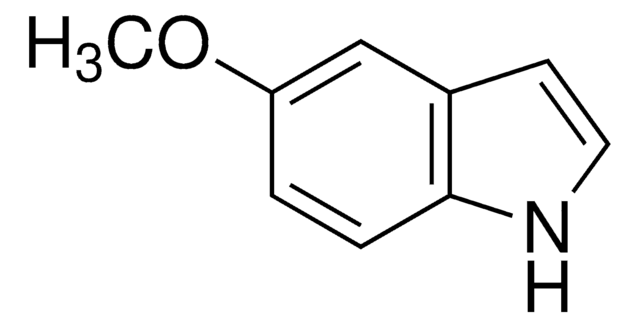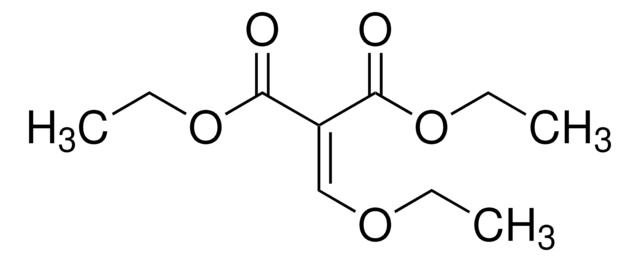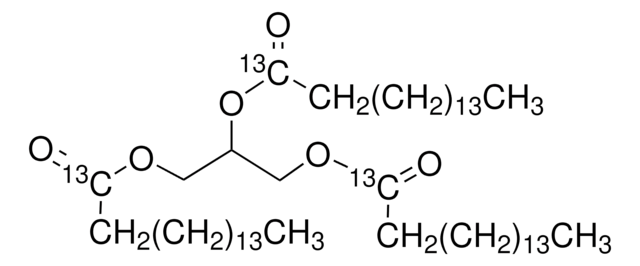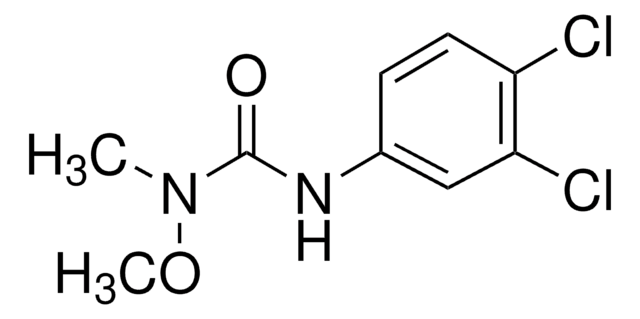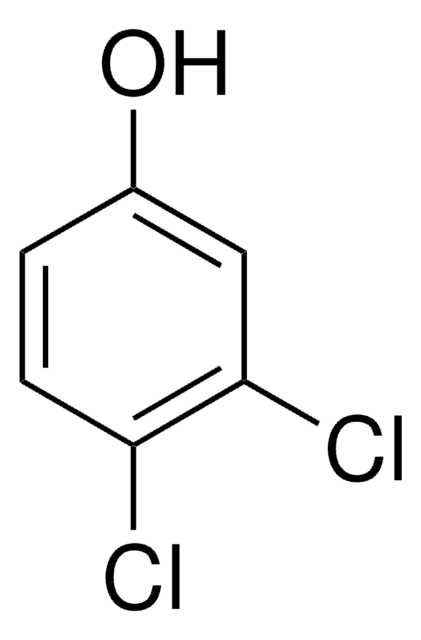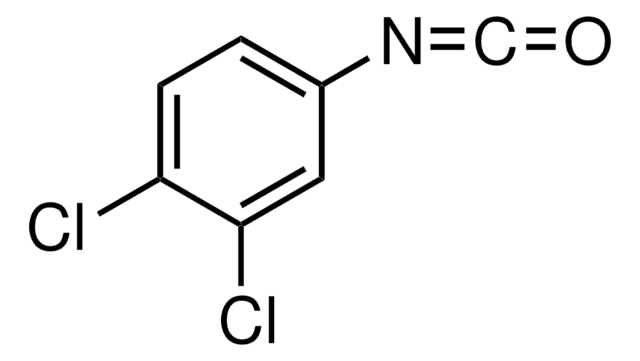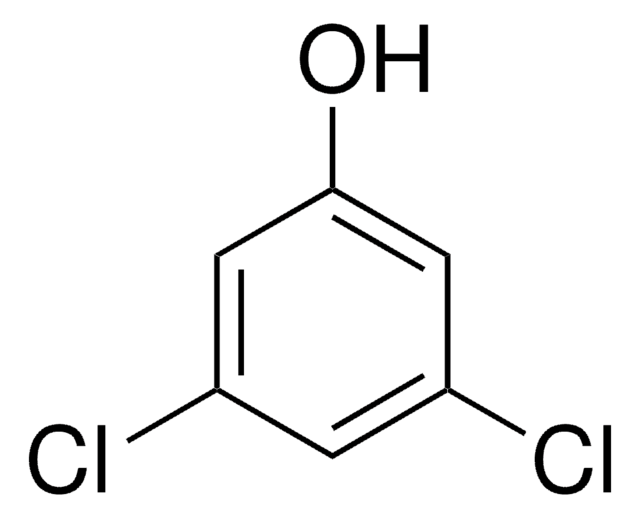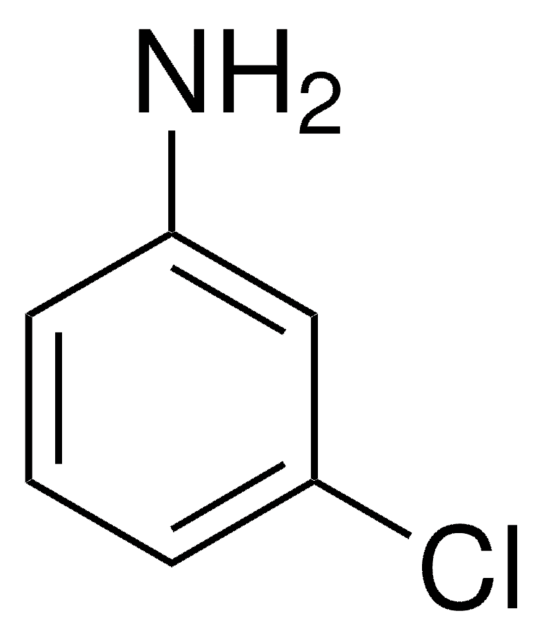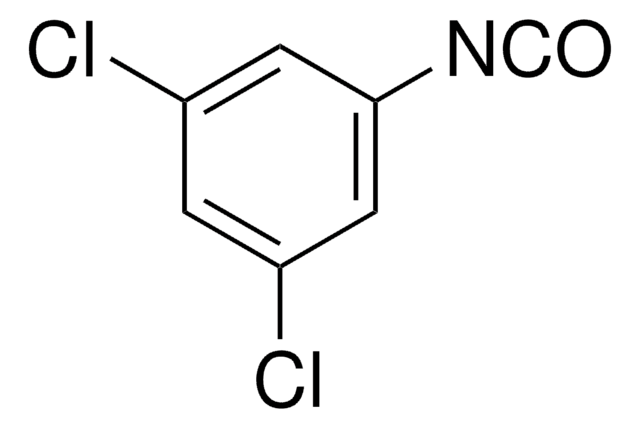437778
3,4-Dichloroaniline
98%
Synonym(s):
3,4-Dichlorobenzenamine, 3,4-Dichlorophenylamine, 4,5-Dichloroaniline, 4-Amino-1,2-dichlorobenzene, m,p-Dichloroaniline
About This Item
Recommended Products
Quality Level
assay
98%
bp
272 °C (lit.)
mp
69-71 °C (lit.)
SMILES string
Nc1ccc(Cl)c(Cl)c1
InChI
1S/C6H5Cl2N/c7-5-2-1-4(9)3-6(5)8/h1-3H,9H2
InChI key
SDYWXFYBZPNOFX-UHFFFAOYSA-N
Looking for similar products? Visit Product Comparison Guide
Related Categories
General description
Application
signalword
Danger
Hazard Classifications
Acute Tox. 3 Dermal - Acute Tox. 3 Inhalation - Acute Tox. 3 Oral - Aquatic Acute 1 - Aquatic Chronic 1 - Eye Dam. 1 - Skin Sens. 1
wgk_germany
WGK 3
flash_point_f
275.0 °F
flash_point_c
135.00 °C
ppe
Eyeshields, Faceshields, Gloves, type P2 (EN 143) respirator cartridges
Certificates of Analysis (COA)
Search for Certificates of Analysis (COA) by entering the products Lot/Batch Number. Lot and Batch Numbers can be found on a product’s label following the words ‘Lot’ or ‘Batch’.
Already Own This Product?
Find documentation for the products that you have recently purchased in the Document Library.
Customers Also Viewed
Protocols
GC Analysis of Anilines on Equity®-5
Our team of scientists has experience in all areas of research including Life Science, Material Science, Chemical Synthesis, Chromatography, Analytical and many others.
Contact Technical Service